Disasters - both natural and human-induced - continue to endanger lives, displace communities, and undermine global sustainable development. Satellite-based Earth observation is an essential tool in mitigating these impacts, providing timely and detailed data for disaster risk assessment, emergency response, and recovery. SPEAR II will enhance these capabilities, particularly in vulnerable regions, by ensuring that space-based information is more accessible and actionable.
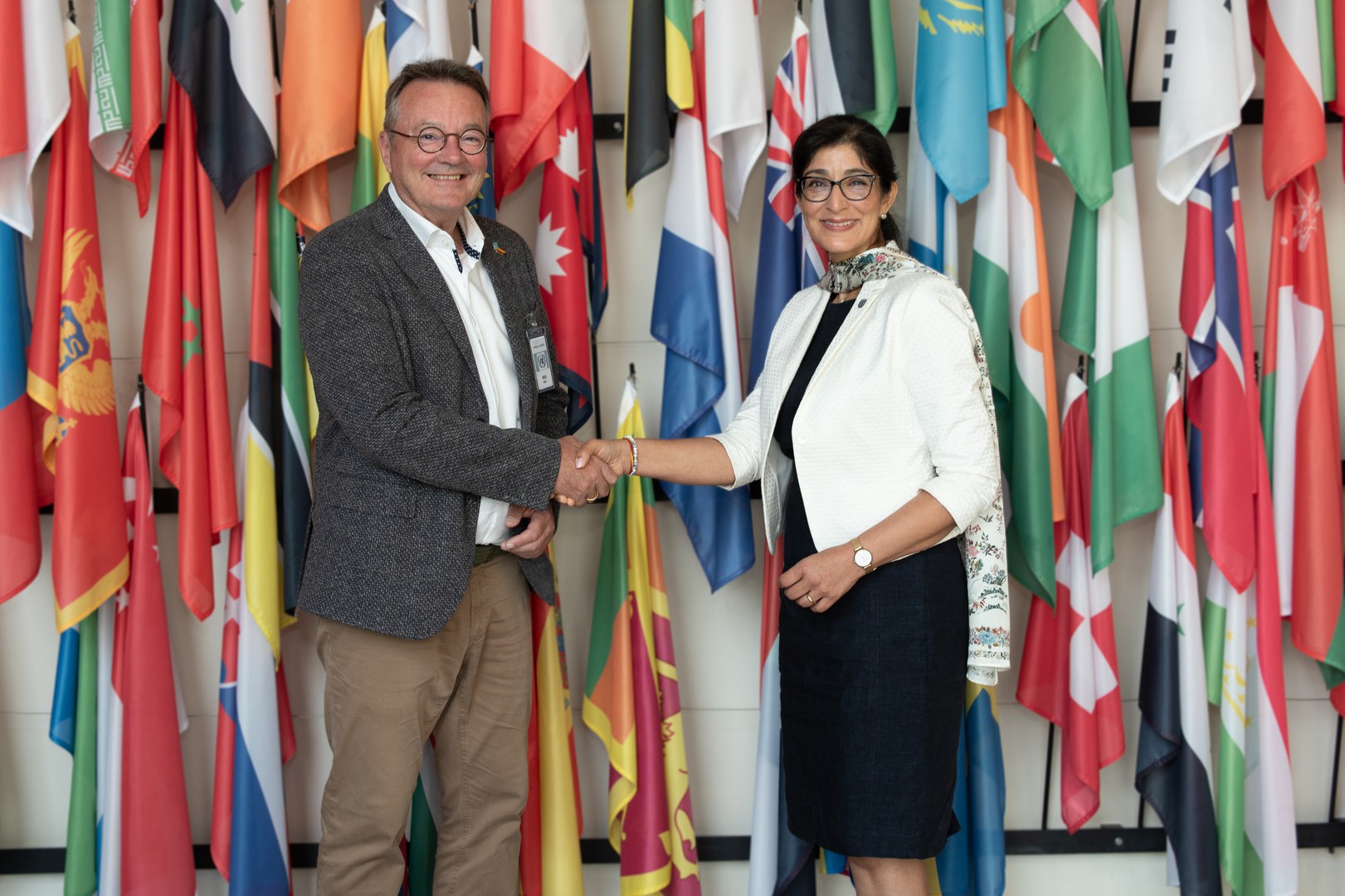
UNOOSA Director Aarti Holla-Maini welcomes Prof. Dr. Klaus Greve from the University of Bonn in Vienna. © Photo: UNIS Vienna/Anna Proprentner
SPEAR II, implemented by the United Nations Platform for Space-based Information for Disaster Management and Emergency Response (UN-SPIDER) program and the University of Bonn’s Centre for Remote Sensing of Land Surfaces (ZFL), will assist African Member States. The focus aligns with global frameworks such as the Space2030 Agenda, the 2030 Agenda for Sustainable Development, the Sendai Framework, and the African Union's Agenda 2063. Funded by the German Federal Ministry for Economic Affairs and Climate Protection and supported by the German Aerospace Center (DLR), the project will continue to research innovative satellite data applications and strengthen institutional capacities through targeted technical advisory support and expert exchanges.
UNOOSA Director Aarti Holla-Maini said: “As natural disasters become increasingly frequent and severe, the role of space technology in disaster management has never been more critical. The UN-SPIDER programme serves as a vital resource, providing access to space-based information that aids disaster preparedness, response, and recovery. SPEAR II, in partnership with the University of Bonn, will continue to develop tailored solutions that reduce disaster risks and advance sustainable development. This focus fully aligns with UNOOSA's vision and strategy for 2024-2030, with the goal that all states harness space technology for global progress. We are excited to continue this collaboration and deeply appreciate the support from the German Aerospace Centre.”
Klaus Greve from the Institute of Geography at the University of Bonn and the Center for Remote Sensing of Land Surfaces (ZFL) said: “We are very happy to be given the opportunity to continue our successful collaboration with UNOOSA and UN-SPIDER”. The team provides support primarily through technology analysis, the development of reliable evaluation methods for satellite data and knowledge transfer. This doesn't work in an ivory tower, but only in close collaboration with a wide range of expertise and decision-makers on the ground. It is the only way to turn a technically possible solution into an effective one and for decision-makers to gain confidence in the derived information and base their decisions on it. As the most important information hub for satellite information in disaster management, the UN-SPIDER network gives us precisely these opportunities.”.
Over the next five years, SPEAR II will advance methodologies for using satellite data to monitor and mitigate natural hazards, focusing on capacity-building within participating Member States. The partnership will facilitate the exchange of expertise through expert meetings and conferences, translating cutting-edge research into practical applications on the ground. This collaboration not only enhances disaster resilience but also contributes significantly to sustainable development, particularly in regions most affected by climate change and environmental degradation.
PROMOTED

BDA would like to thank the overseas Vietnamese (some of them have "swallowed" under the snow) for sending Tet wishes / sending love to their families, to their homeland of Vietnam and to all overseas Vietnamese in five continents.
UNOOSA- Young translator conquers the ancient Greek classic Anabasis – Memoir of the Persian Expedition
- Austria news - Usama Nosshy channel covers Asean's 55th anniversary celebrations at the United Nations in Vienna
- VietnamPlus Newspaper reported about ASEAN's 55th anniversary at the United Nations in Vienna
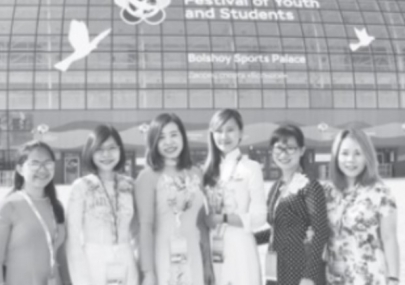
Interdisciplinary Culture
If you want to show light, fire it
By The Mosaics of the KingMOST VIEWED
-
1
Mr. Ho Huy - CEO of Mai Linh Group - the top taxi and transportation operator in Vietnam

-
2
Austria and Vietnam celebrate 50 years of bilateral relations and confirm a leap in economic cooperation

-
3
A devastating earthquake hits Turkey and Syria, leaving thousands dead and injured. Austria provides urgent aid

-
4
World Cup in Vienna
.jpeg)
-
5
AUSTRIA ELECTION 2024 (Part 2)

Writer To Hoai is famous for his book De Men Adventure Ky (1941) written for children. Currently, "Crickets" have traveled all over the world. The story has been translated into many languages and published in many countries around the world. He is likened to the Andersen of Vietnam.
WAJAt first glance, she doesn't stand out when standing next to her Asian girls, I become more and more in the middle European women. Yet, people like look at you, especially like to peek, every time you say, or every time she laughs. Asian-style face Dong, round black eyes that can talk, the corner of his mouth when also fresh. Long, silky black hair, clear voice, Standard and flexible pronunciation even when I speak the language German and Vietnamese.
WAJ

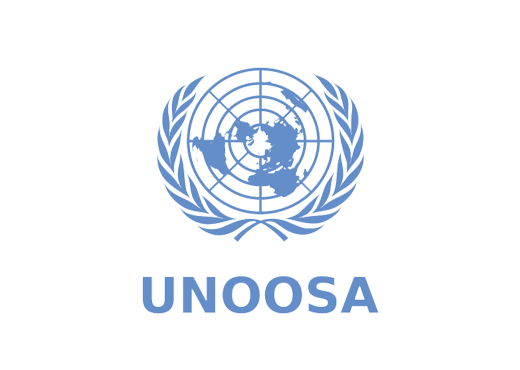

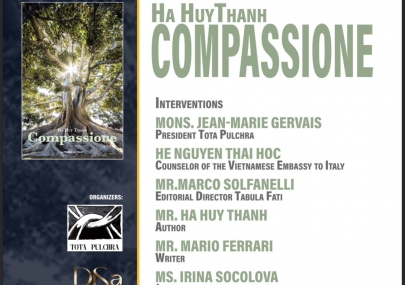
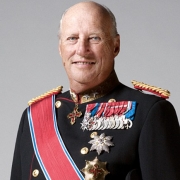

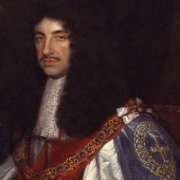
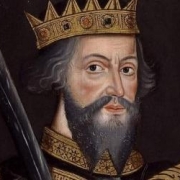


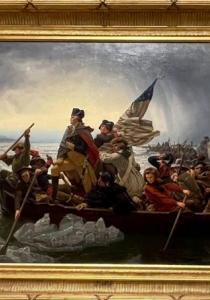
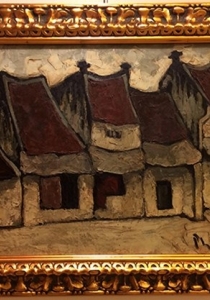
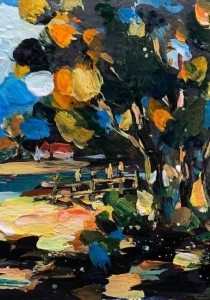
Comment